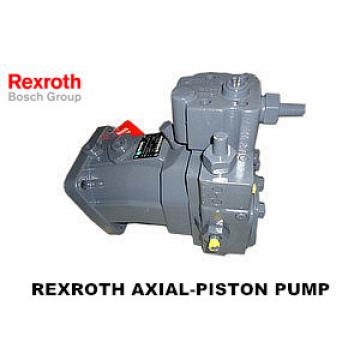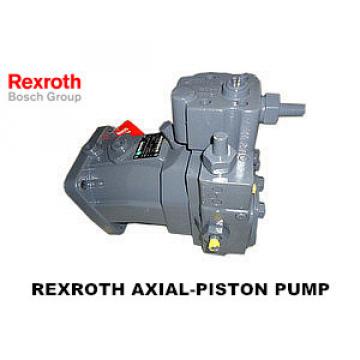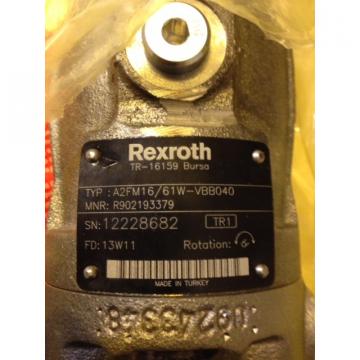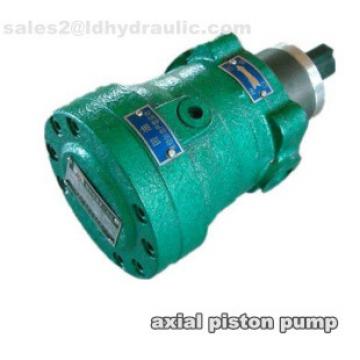Technical measures to improve the pump efficiency of the pump(1)
Most oil pumpes are subject to external factors during operation, resulting in abnormal pump efficiency and a very serious impact on oil production.
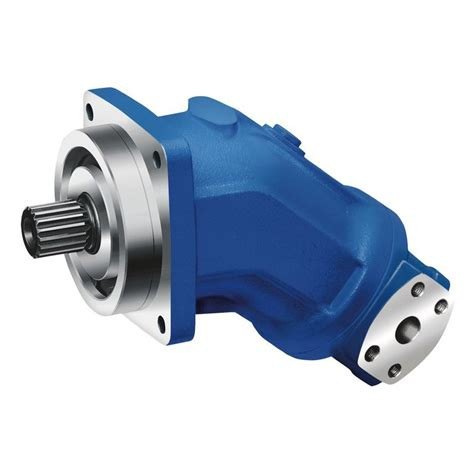
The overall policy of oilfield development is to improve the comprehensive development level of oilfields and improve the efficiency of oilfields. However, as the number of oil wells continues to increase, the production volume of oil wells continues to increase, and the effect of water injection is gradually becoming obvious, but the pumping efficiency of pumps is continuously decreasing. Therefore, how to improve pump efficiency has become an important problem facing the current oilfield.
Pumping pump effect factors
Gas influence
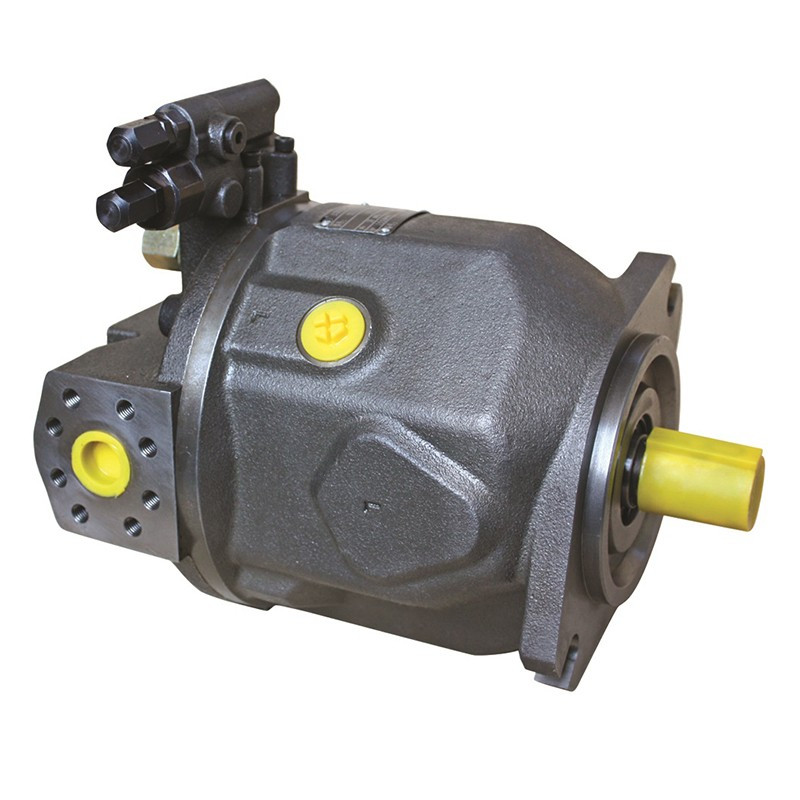
When the pump is in normal operation, the gas and the liquid enter the pump cylinder in a mixed state, and then the gas will occupy a part of the space given by the plunger, or when the actual displacement of the pump is greater than the actual oil supply capacity of the oil layer, the formation fluid When the pump is too late to enter the pump cylinder, the actual liquid volume of the pump will be reduced, which will affect the pump efficiency. When the piston moves to the position of the bottom dead center, there is a certain distance between the discharge of the pump and the inhalation of the valve. This distance is called the anti-shock distance. The volume of the pump between the two valves is called the clearance volume. .
If the pressure at the pump inlet position is less than the saturation pressure, there will always be a phenomenon that the gas and the liquid enter the pump when they are the same, so that the gas enters the pump and occupies a certain volume of the pump cylinder, which inevitably reduces the entry into the pump body. The volume of liquid makes the actual pumping efficiency lower. When the intake air is very serious, even the "air lock" and other effects may occur, that is, the compression and expansion of the gas in the pump body during the convulsion, so that the inhalation of the valve and the discharge of the valve cannot be normally opened, and the oil well does not come into the liquid. The phenomenon.
Oil leakage
In the working process of the pump, if the oil leaks in each valve, the pump efficiency of the pump will be reduced and the actual production of the oil field will be reduced.
Gas influence
The effect of gas on pump efficiency is mainly reflected in two aspects: First, if the mixture of gas liquid is pumped into the pump, the space in the plunger will be filled with gas; second, if the pump discharge amount is greater than the oil supply volume of the oil layer, This will cause the fluid in the reservoir to fail to enter the pump in time.
Impact of vibration load
Under normal working conditions, the tubing thread is in an elastoplastic working state, mainly bearing the effects of axial extension force, radial compression stress and hoop stress. In the elastoplastic working state, the plastic deformation of the tubing thread increases with the increase of the strain load. Under the action of the dynamic load, the deformation of the tooth will alternate with the increase and decrease of the load, and it will bear tens of thousands every day. The role of the secondary alternating load. In order to slow down the influence of the alternating load, one-way vibration is 3-4 times in one stroke, and once it bends, it will have an impact on the oil pipe. For pumping wells with higher punching times, the vibration load is larger, and the impact on the oil pipe and the thread is stronger.
Related Products
